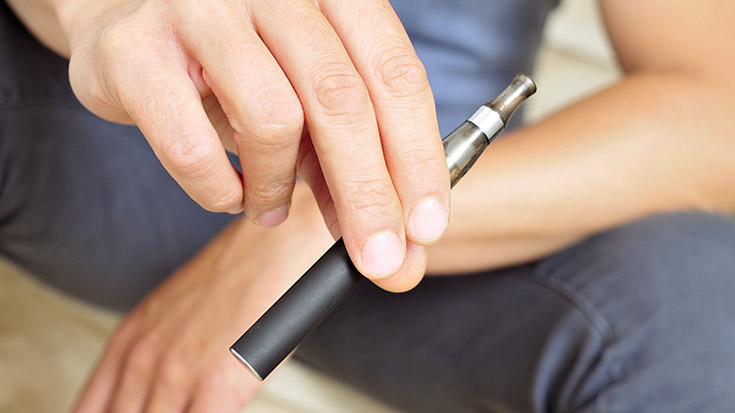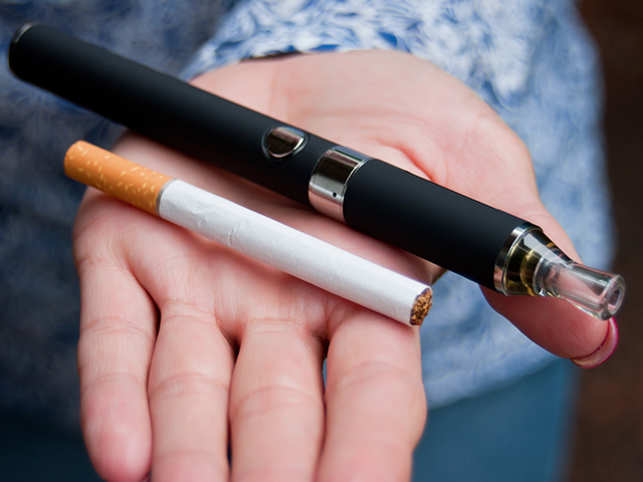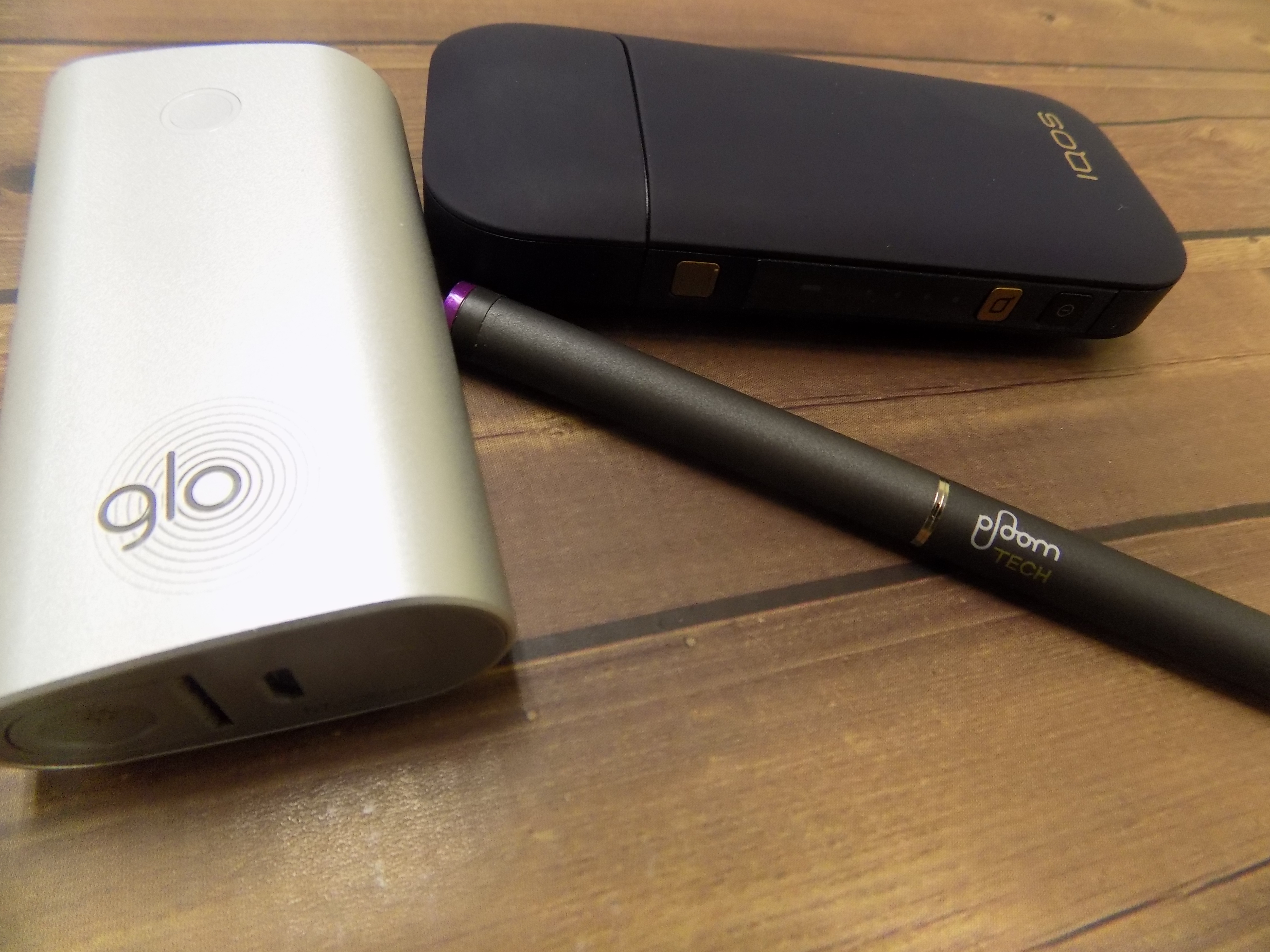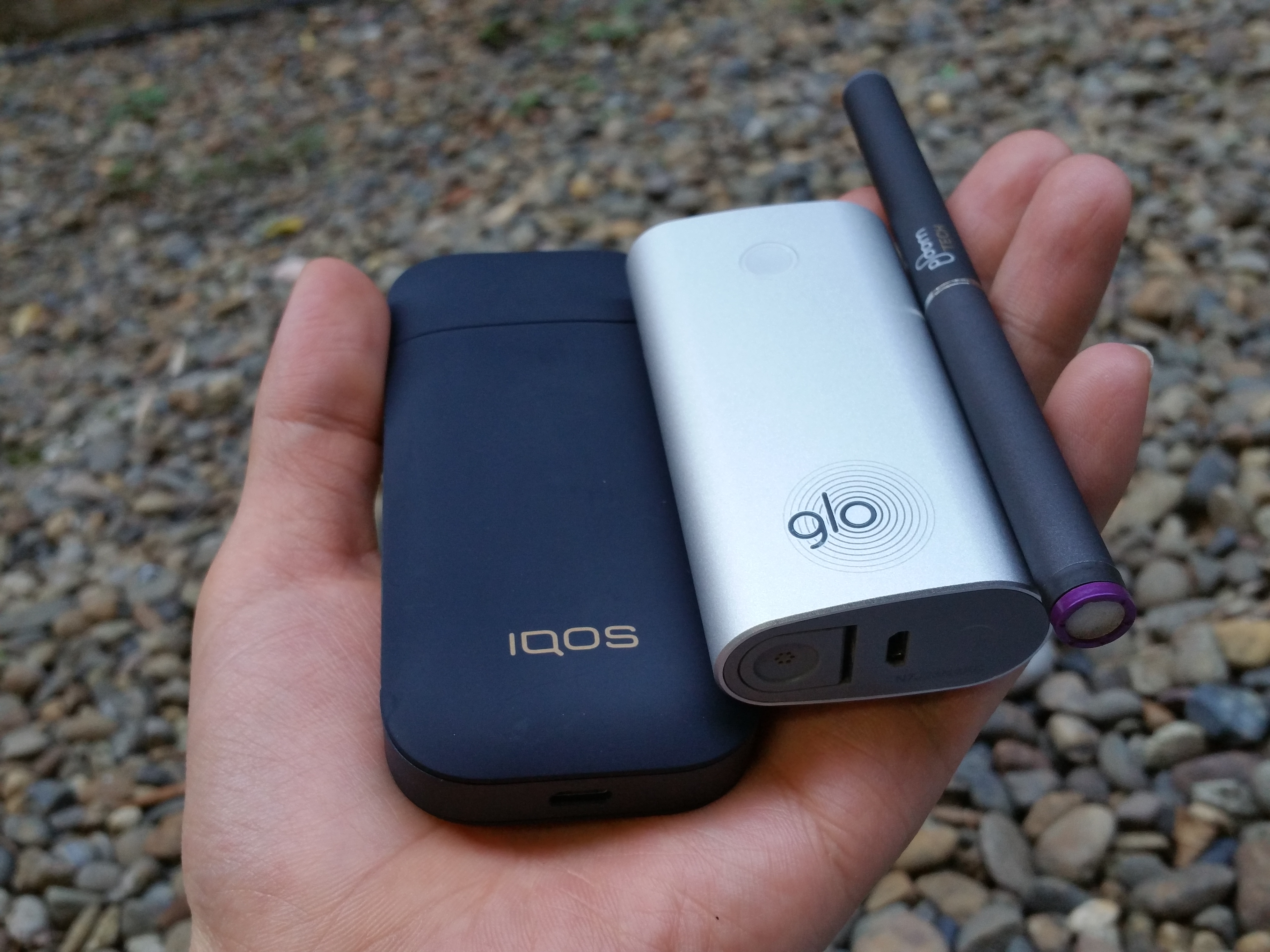Struggling To Quit Smoking? Here Are 5 Alternatives Smokers Are Now Using
Smoke-free products produce 95% fewer dangerous chemicals than cigarette smoke.
Everybody knows smoking is dangerous and addictive, yet 5 million Malaysians are still hooked on the habit
With the implementation of high tobacco taxes, an increase in cigarette prices, advertising bans, graphic health warnings, and most recently, a smoking ban in eateries, the government is exerting serious efforts to get smokers to quit.
One of the most common methods recommended by health authorities is the use of Nicotine Replacement Therapy (NRT) products
Nicotine Replacement Therapy (NRT) is purely a smoking cessation aid that gives you nicotine in the form of chewing gum, patches, sprays, inhalers, or lozenges. The good thing about them is that they don't include tar and other harmful chemicals found in cigarettes. NRT helps relieve some physical withdrawal symptoms and are widely available nationwide.
These products are scientifically tested and research has shown that they can be effective ways to quit smoking. However, addiction is complex so it's important to note that there are other psychological reasons that need to be addressed.
Of course, it would be best to quit altogether, but it's easier said than done as cessation tools may not work for all smokers
There are also those who, despite knowing the health hazards, still decide to continue smoking. What are the alternatives for them? One possible option could be to switch to novel products that are better alternatives to cigarettes and may potentially reduce the harm of smoking.
Scientifically, nicotine is addictive but is not the primary cause of smoking-related diseases. Instead, it's the tar and chemicals produced from burning cigarettes. Thus, the moment a smoker stops burning tobacco, the reduction in exposure to dangerous chemicals is substantial.
There are now alternative products to cigarettes that produce significantly fewer harmful chemicals than those found in cigarette smoke. However, as these products are still relatively new in the market, more scientific studies should be conducted to validate their safety and to raise awareness among adult smokers.
People are now switching to these 5 less harmful alternatives:
Important note: These suggestions are for adult smokers looking to switch from normal cigarettes.
1. E-cigarettes
E-cigarettes are battery-powered devices that produce water vapour instead of smoke. They are slim, lightweight, and made to mimic the feeling of smoking a tobacco cigarette. The system contains a powerful lithium-ion battery, an atomiser or cartridge that holds the liquid, a coil that absorbs the liquid and creates the smoke-like vapour, and a mouthpiece where the vapour is inhaled.
Compared to e-cigarettes, NRT products like gum are lower in harm but are also more expensive and less appealing to consumers. E-cigarettes provide lower harm than regular cigarettes, while giving users their nicotine fix. Do note that while they are considered "lower harm", e-cigarettes still pose health risks to the user and are not 100% harmless.
That being said, the public health authorities in the UK are big proponents of e-cigarettes. According to a recent study conducted in England and funded by the charity Cancer Reseach UK, people using e-cigarettes to quit smoking are about 95% more likely to report success than those trying to quit without help from any stop-smoking aids. The study adds to growing evidence that the use of e-cigarettes can help smokers to quit.
Experts went on to say that the results were robust and important, yielding two key findings about e-cigarettes - they help smokers quit at least as much as stop-smoking
medications, and they are used by many more smokers.
"This means they generate many more quitters and do this at no cost to the NHS (National Health Service),” claimed Peter Hajek, Director of the Tobacco Dependence Research Unit at Britain’s Queen Mary University of London.
2. Vaping
Vape pens and vape mods are gaining popularity in Malaysia. While e-cigarettes are seen as "introductory products", vape pens and mods are preferred for more advanced users. This is because they have twice the battery power and a noticeably bigger tank, allowing daily users to vape more between refills.
These vaping devices heat a flavoured liquid containing nicotine salts to produce "moist" vapour clouds, with smells that correlate to its flavour. Again, although they cause lower harm, they still pose health risks to the user.
3. Tobacco-heating devices
Relatively new to the market, tobacco-heating devices such as Philip Morris' IQOS, British American Tobacco's Glo, and Japan Tobacco's Ploom Tech are smoke-free products.
Although they look similar to e-cigarettes, IQOS and Glo do not vaporise nicotine-containing liquid. Instead, they vaporise real tobacco. On the other hand, unlike IQOS and Glo, Ploom TECH does not directly heat tobacco rolls. Instead, it generates vapor that goes through a tobacco-packed capsule.
While regular cigarettes burn tobacco at high temperatures which generate smoke containing high levels of harmful chemicals, these "heat not burn" devices heat mini tobacco sticks at lower temperatures.
By doing so, users are able to get the taste of tobacco without high exposure to carcinogens and other chemicals. This method doesn't completely cut out chemicals but does significantly reduce exposure to them.
According to Philip Morris, the company has invested over USD6 billion since 2008 in research and development of their reduced-risk products. Their studies demonstrate that based on the totality of evidence available, switching to IQOS completely, while not risk-free, presents less risk of harm compared to continuing to smoke cigarettes.
Philip Morris says it welcomes independent research on their smoke-free products and also encourages global government agencies and bodies alike to validate the available evidence on its heated tobacco system.
Interestingly too, the United States Food and Drug Administration (FDA) recently authorised the sale of Philip Morris’ IQOS in the United States, finding that such authorisation is “appropriate for the protection of public health.”
According to news reports, the decision was based on a careful assessment of scientific data that qualifies IQOS for sale following a US 2009 law which empowers the FDA to regulate tobacco products, including through oversight of innovative products.
While the FDA’s announcement marks a historic milestone, the regulatory authority has also set out clear commercialisation guidelines, including marketing requirements that allow only for adults to switch from cigarettes, and minimize unintended use by non-smokers and especially youth.
Even though more and more companies are introducing innovative technology to reduce the harms caused by smoking, these alternatives are still tobacco products nonetheless and must be restricted to adult smokers.
4. Herbal cigarettes
Herbal cigarettes contain no tobacco or nicotine. They are filled with a blend of herbs and flowers such as passion flower, corn silk, rose petals, ginseng, and more. Herbal cigarettes are not addictive and so are often viewed as a stop-smoking aid.
However, they do generate tar, carbon monoxide, and other toxic materials as they burn. While they are less harmful than regular cigarettes, they are still required to carry a warning label and are not to be used as a long-term alternative to smoking cigarettes.
5. Smoking cessation programmes
Smoking cessation programmes include therapies such as acupuncture around the ear, hypnotherapy, and even behavioral counselling. This is because smoking addiction is more than just a physical need, it is also a psychological one.
A study in 2008 found that 55% of people who had laser acupuncture quit smoking in six months. Meanwhile, reviewers discovered that 20-45% of hypnotherapy patients quit smoking six months to a year later. Other trials have varied in results.
While the best course of action is to quit smoking, for those who are not ready or continue to struggle, these alternatives may potentially reduce harm to your body in the long run
Surprisingly, some tobacco companies have even been encouraging smokers to quit! As Philip Morris puts it "if you don't smoke, don't start; if you smoke, quit; if you don't quit, change."
For more information on quitting smoking, seek medical advice from a doctor or health professional.











